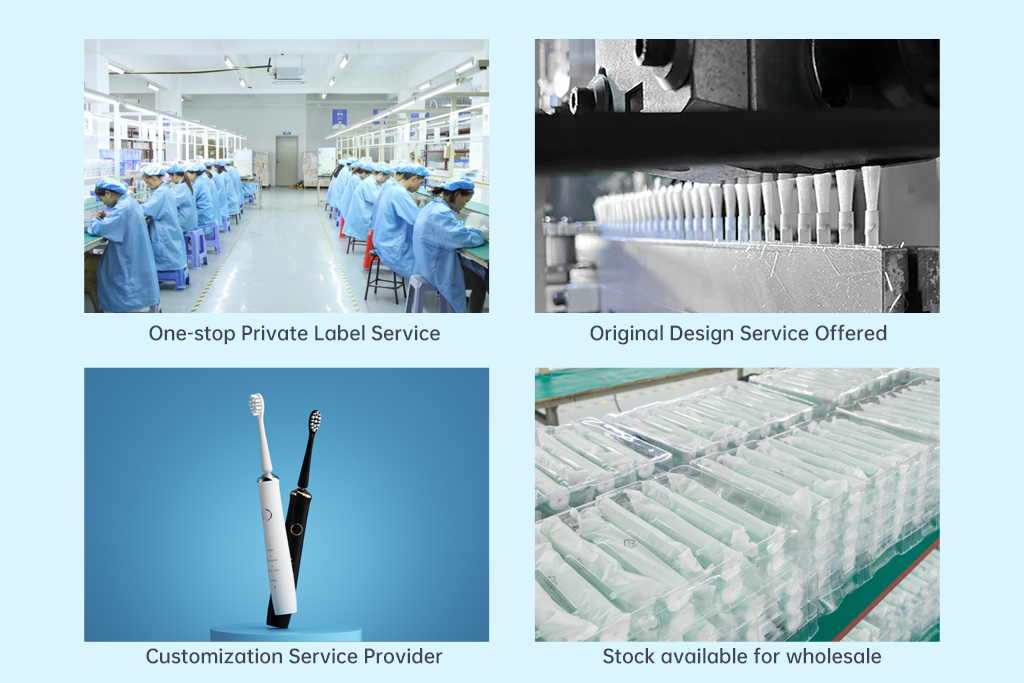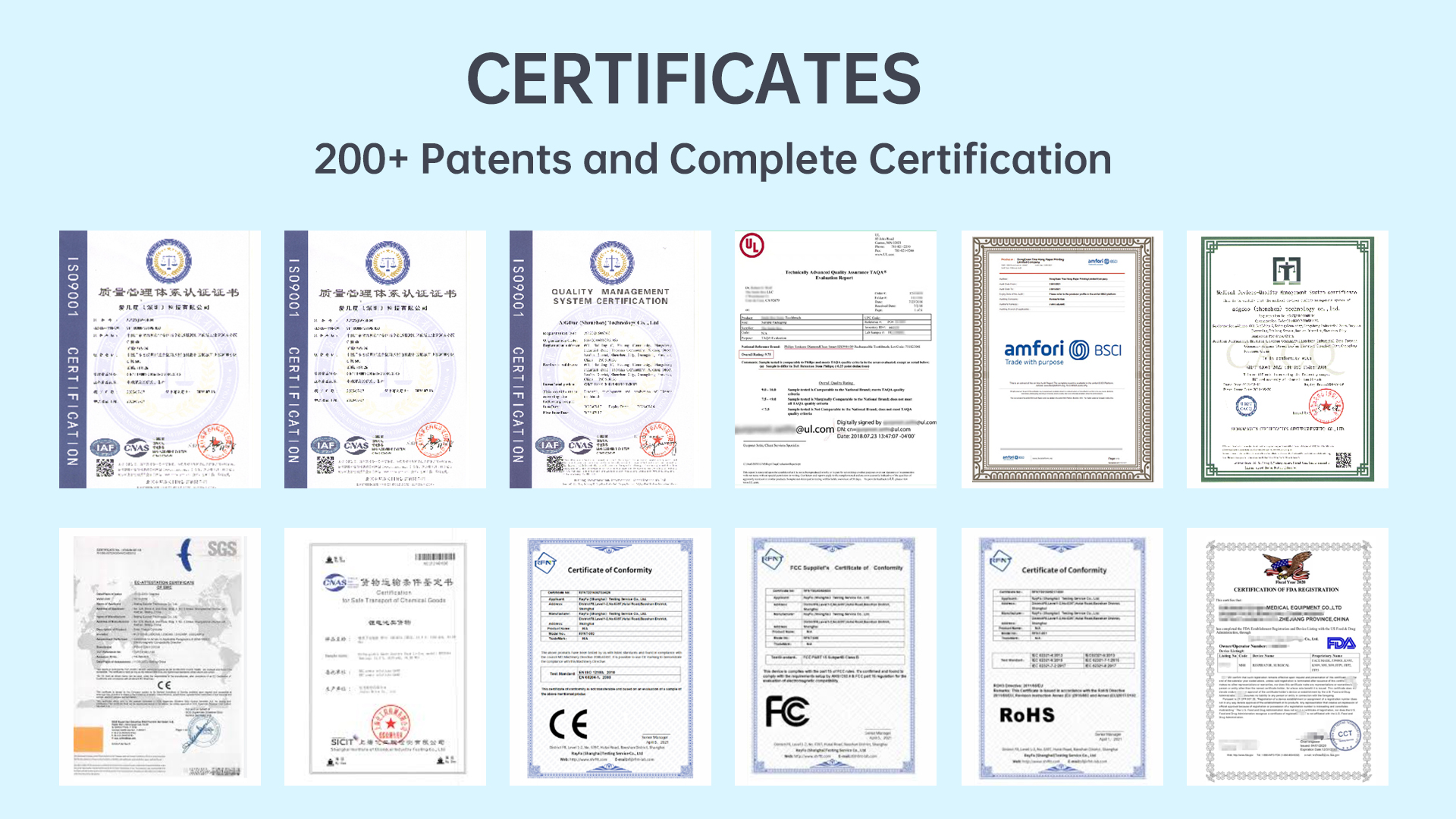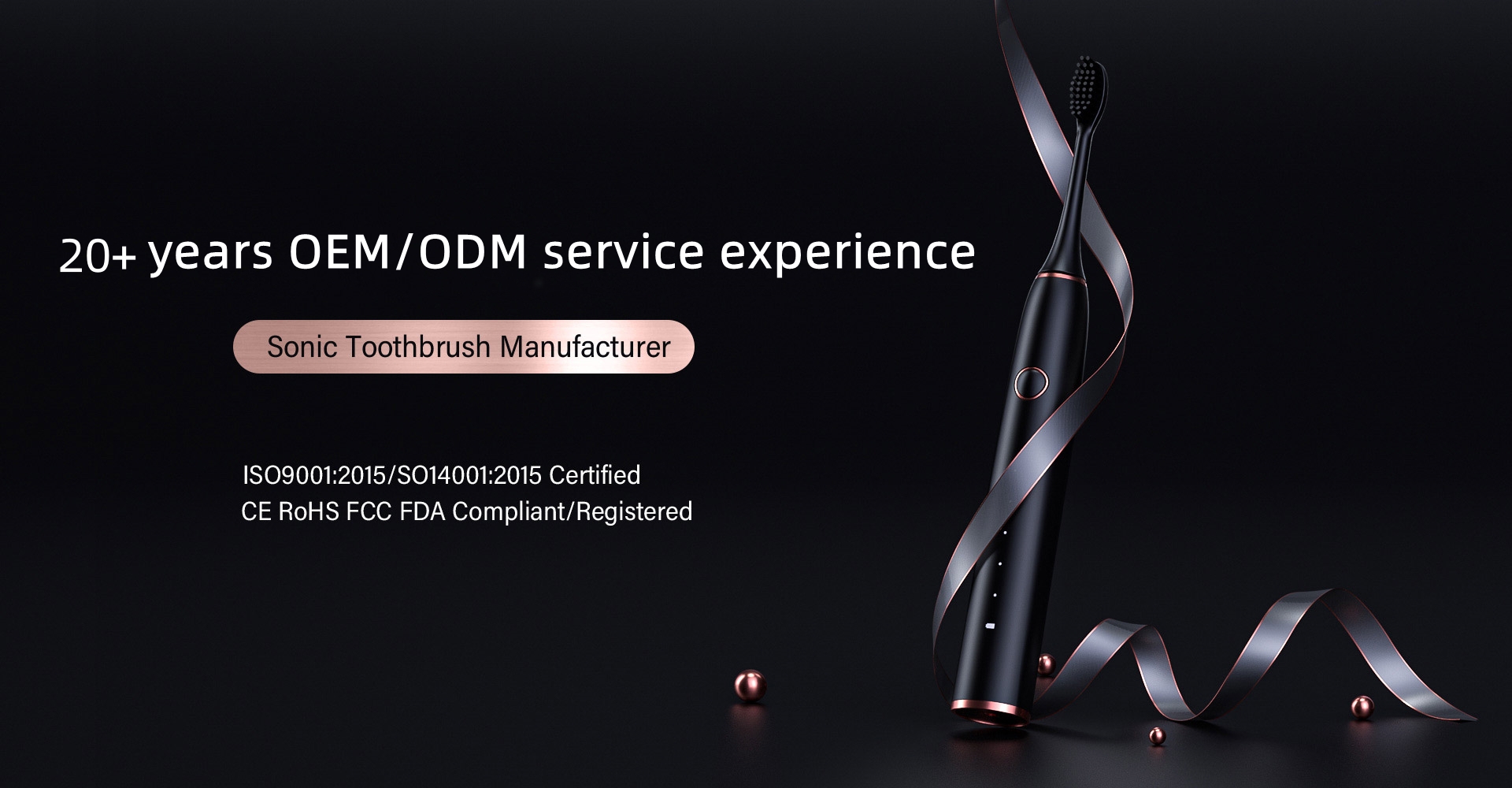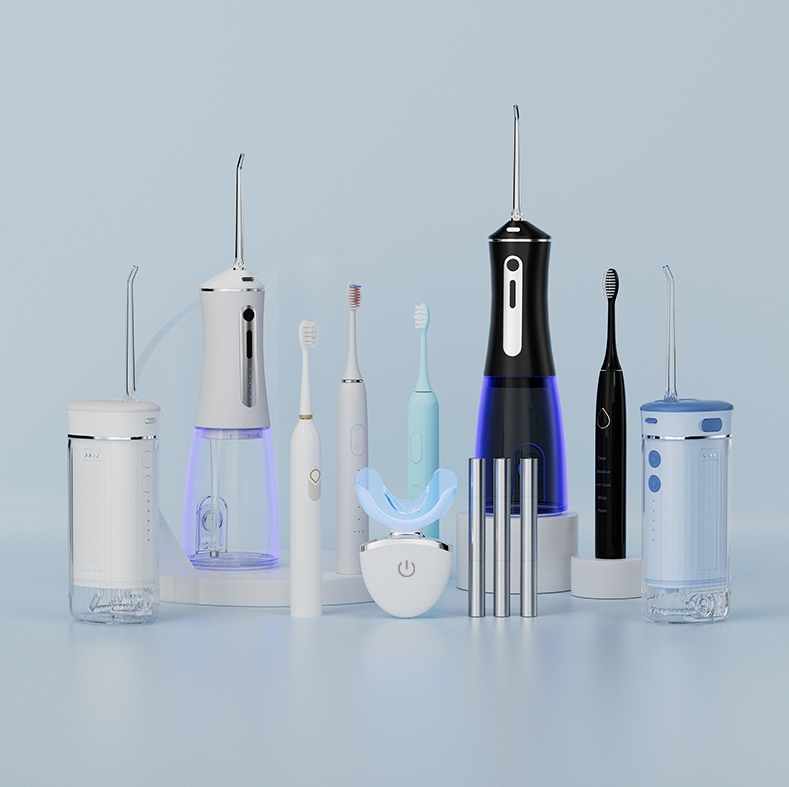In today’s increasingly competitive personal care market, consumers’ preferences of electric toothbrushes are becoming more discerning, not only about the features of the product but also the price point. For brands and suppliers aiming to remain competitive and relevant, it is essential to understand how consumers weigh functions and prices of electric toothbrushes in their purchasing decisions. This blog provides a strategic look at demand preference and analysis, helping brands align with the right electric toothbrush manufacturer who can meet evolving market expectations.
Modern consumers prioritize electric toothbrushes that are not just effective, but also intelligent and user-friendly. Based on recent consumer research, the most requested features include:
Multiple brushing modes (sensitive, whitening, gum care)
Smart timers and pressure sensors
Long battery life and fast charging
Quiet operation and compact design
However, while many users desire advanced features, a large portion of consumers’ preferences of electric toothbrushes remain price-sensitive. This is where the balance between functionality and affordability becomes crucial in product planning and sourcing.
Demand preference and analysis reveal three major consumer segments:
Premium Users: Willing to pay over $80 for AI-enabled brushes, Bluetooth connectivity, and ultra-sonic vibration technology.
Mid-Market Consumers: Seek essential functions (like 2-minute timers and multiple modes) within the $30–$60 range.
Budget Buyers: Prioritize durability and basic cleaning functionality under $30.
These insights provide a clear roadmap for brands in defining their product tiers. For OEMs and sourcing teams, partnering with an electric toothbrush manufacturer who can offer scalable solutions across these price brackets is key to staying competitive.
Consumer preferences also vary by region:
North America & Europe: Preference for smart features, minimalist designs, and eco-friendly packaging.
Asia-Pacific: Strong interest in price-to-function value, with emphasis on whitening and gentle brushing.
Latin America & Middle East: Affordability is a dominant factor, but reliability and warranty also influence choices.
This geographic insight helps suppliers and brands tailor their sourcing decisions based on target market behaviors and demand.
When evaluating an electric toothbrush manufacturer, suppliers should consider the following:
Customization capability: Can the factory tailor features for different market tiers?
R&D strength: Do they have innovation capacity for smart, connected brushes?
Production scalability: Are they equipped to meet low-MOQ test orders and high-volume retail demands?
Pricing transparency: Can they deliver quality at competitive prices without hidden costs?
Choosing the right manufacturing partner ensures brand success across segments, especially when aligning with current functions and prices of electric toothbrushes that match consumer needs.
To thrive in the oral care space, brands must bridge the gap between what consumers’ preferences of electric toothbrushes want and what suppliers can deliver. Through deep demand preference and analysis, understanding the balance between features and affordability, and choosing an experienced electric toothbrush manufacturer, brands can position themselves for sustainable success. The future lies in offering smart, adaptable, and price-conscious solutions that truly reflect market needs.
Can Short Tank Runtime Delay Oral Ulcer Care?

How Do High-Quality Electric Toothbrushes Enhance the Brand Image of Oral Care?

Powsmart: Leading Smart Electric Toothbrush Manufacturer & Supplier
Waterproof Performance vs. Temperature Sensitivity?
How Do Indicator Error and Seal Deterioration Mislead Users?
How Does Gum Recession Relate to Maintenance Complexity?
Why Post-Whitening Diets Need Gum Inflammation Cautions?
Why Should Restricted Users Avoid Stain Residuals?

How Oral Care Brands Can Expand Product Line Strategically
Why Dentist Consultations Mitigate Home Treatment Risks?

The Ultimate Checklist for Evaluating an Oral Care Product Manufacturer

Does Long-Lasting Travel Toothbrush Trigger Power Surge?
How Do Dock Failure and Battery Swelling Threaten Safety?

How to Find an Electric Toothbrush Factory with Strong Comprehensive Capabilities

How to Avoid Legal Risks in the OEM Process of Electric Toothbrushes

Does Black Electric Toothbrush ODM Face Handle Corrosion?

electric toothbrush heads Deep Clean

Customization Teeth Whitening Gel

electric toothbrush heads Ultra Soft

Electric toothbrush heads Charcoal Infused-Diamond
.jpg)
Florida Electric Toothbrush – Powsmart PTR-C8

Private Label Whitening Gel

electric toothbrush heads Charcoal Infuse-Round

electric toothbrush heads Regular Clean
whstapp
whstapp
National Toll-Free Service Hotline
+86 755 86238638